Parking Lot Pandemic
Jeanne Randolph
new photographs
September 3 - October 2, 2021

The Exchange District in Winnipeg, where all the grand warehouses, factories and national banks were established in the early 1900s, is also a district of parking lots. Ordinarily some lots would be more popular than others, but when public life closed down during the pandemic, every parking lot in The Exchange District was empty. The bistros and cocktail lounges that were more home than my home was, were empty. Their interiors were darkened by massive curtains pulled across massive windows. And next door or half a block over, there would be a parking lot with not a single car. Parking lots were unexpectedly on display. Without cars they looked raw, as if the hide of the city had been stripped off. I remember walking across King Street to look closely at a lot, and when I beheld the huge jagged potholes, gouged out gravel, crumbling, split uneven ground I laughed out loud. There’s a pandemic.
But there never had been time or energy to flatten and smooth these wilderness surfaces, especially ones that will be hidden under car bodies when everything is normal again. Standing on the King Street sidewalk, the phrase “car bodies” mingled in my mind with “human bodies.” At that moment my imagination filled the empty parking lots with the poetry of the pandemic. Every possible emotion the pandemic heightened, every version of death, of near misses and of escape that poetry provides.
Jeanne Randolph is one of Canada's foremost cultural theorists. She is the author of the influential book Psychoanalysis & Synchronized Swimming (1991) as well as Symbolization and Its Discontents (1997), Why Stoics Box (2003), Ethics of Luxury (2007), Shopping Cart Pantheism (2015) and My Claustrophobic Happiness (2020). Randolph's previous exhibition at our gallery, Prairie Modernist Noir: The Disappearance of the Manitoba Telephone Booth, happened in May 2020 in conjunction with the Scotiabank CONTACT Photography FestivaL. There is an accompanying catalogue for this exhibition.
Dr. Randolph is also known for her curation and as an engaging lecturer, performance artist and musician. In universities and galleries across Canada, England, Australia, and Spain, she has spoken on topics ranging from the aesthetics of Barbie to the philosophy of Wittgenstein. Parking Lot Pandemic is Randolph's second exhibition at Paul Petro Contemporary Art, where she has also given readings and launched her last two books.
Individual Works
(Various titles), 2020/2021, archival inkjet print, edition of 2, 11 x 8 ¼ inches or 8 ¼ x 11 inches, 27 prints
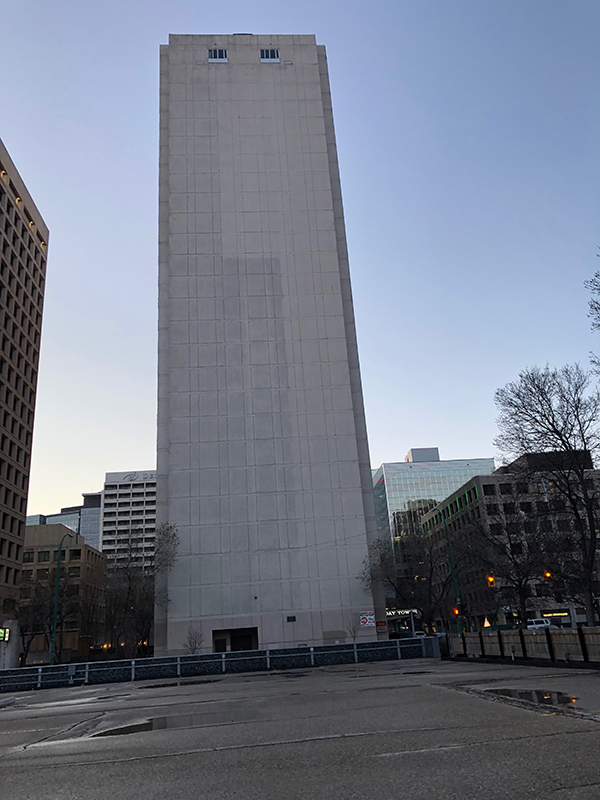
1. Oceans are immense. There's no surprise in saying so. The sky over Saskatchewan is immense. The Grand Canyon is immense. Facing these monumental wonders you might judge your own size.
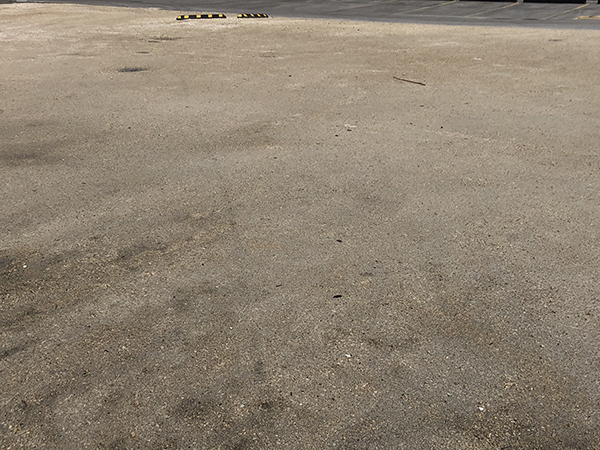
2. You might say, “I am tiny.”
You are not alone being miniscule. Many wondrous things are tiny. Tiny is so often charming it may be hard to believe there could be tiny things that are not adorable. Tiny implies pixies, snowflakes, the twinkling of stars, baby feet. Germs are also tiny.
Most people find germs unnerving. Seen through a microscope, germs probably look fascinating to medical students, but pictured in high school science books germs are ugly, even unnatural, compared to so many other larger animals. Tinier than germs are the wee viruses with intricate geometric shapes. Even Megavirus, the biggest virus yet, is actually extremely tiny, so tiny that millions of them could march on a germ.
North Americans have been taught to believe in viruses even though no one has ever actually seen one, and no one has actually ever touched one, or if we have we could not sense that we were touching it. They do not register on a human nerve ending because they are so tiny. It would be easy to believe viruses are mythological beings, yet an illusion of a magnitude different from sightings of Elvis or the Virgin Mary. If the viruses in colour pictures were not splendidly exaggerated, the viruses perhaps would seem less plausible. The coronavirus is most often depicted in radiant colours; its portrait on Wikipedia especially was widely circulated. On a page or on the screen the Wikipedia image is not to scale with anything, and thus coronavirus looks immense. In these close-ups it is isolated, as if it is a UFO hovering in outer space. The bright red protrusions on the coronavirus are more like a radical hairdo than the eclipsed sun’s crown. Although Marshall McLuhan posited that hot colours leave nothing to the imagination, there is no problem imagining the merciless power of coronavirus. There is no doubt that this celebrity virus is a vibrantly alive entity.
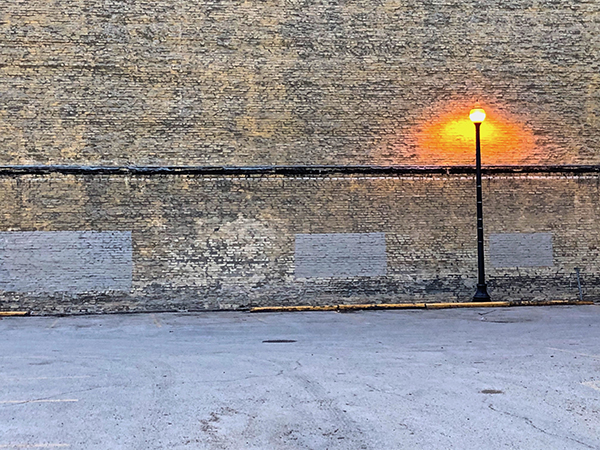
3. When compared to the Grand Canyon, however, a virus is a rather simple entity. Compared to a Luna Moth coronavirus is rather simple. It is so simple you might say it is immensely simple, in the same sense you might say the sun is so bright its brilliance is immense.
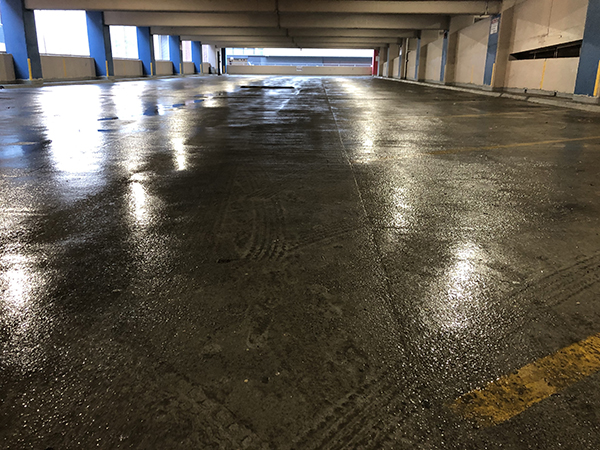
4. There are zillions of suns in the universe, many of them more immense than our sun. These stars are dazzling, yet so unreachable. It seems we are making wishes on fireflies at the edge of a black hole.
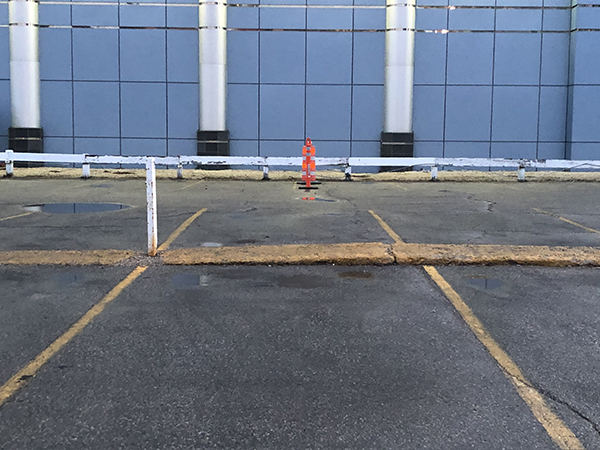
5. One star is obviously red; but we know even though it glistens like a star, it is the planet Mars. The colour red is often associated with anger.
And often the face of an enraged person actually radiates red. You could say that some enraged people convey immense fury. Their bellowing could be immense, compared to silence.
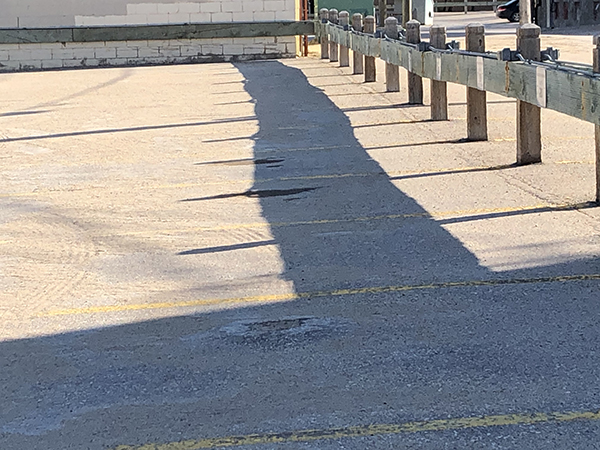
6. Perhaps it seems unwarranted to be enraged at something as tiny as Megavirus, ourselves being immense in comparison. That being said many people are feeling rage, perhaps immense rage at the effects of coronavirus on their lives and their deaths. The immensity of death is such a critical absence there’s no sense describing it.
Although you might wonder whether to a human a spider’s death will seem tiny. If the human feels kin to a spider its death may register as neither tiny nor immense, but rather the spider’s death has the quality of an uncanny shiver.
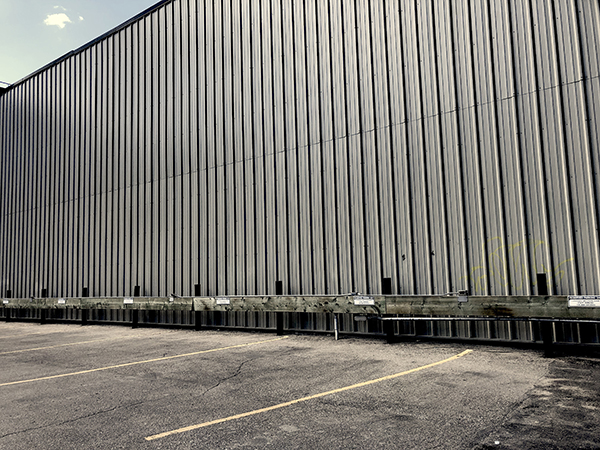
7. The coronavirus has disseminated itself farther then the eye can see. Its expanse, its jurisdiction and its prevalence are immense; not only farther than the eye can see, its breadth cannot be seen at all.
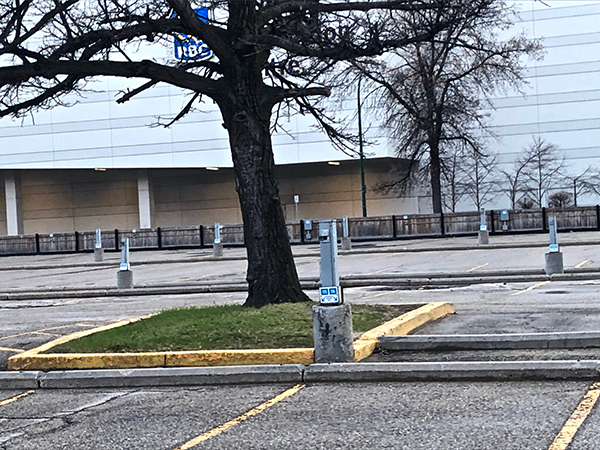
8. Everywhere, however, there is evidence of the coronavirus.
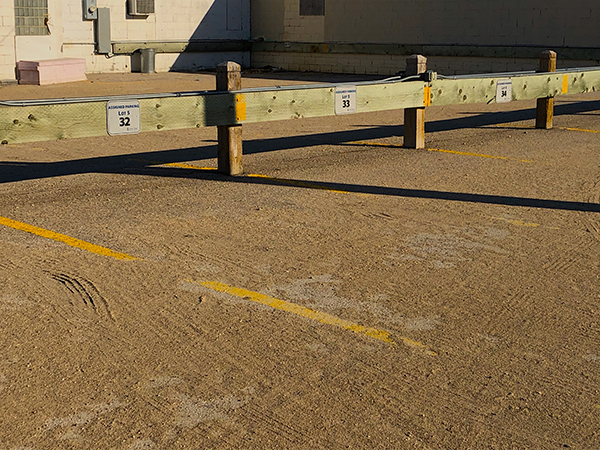
9. The scope of this pandemic is immense. The words coronavirus pandemic are not sufficient to convey what the coronavirus did/does/is doing. Reports of its effects are relentlessly quantitative: number of infections, number of recoveries from infections, number of deaths from infections, percentage of a population infected, coordinates of areas uncontaminated by infection. The most trenchant symbol of coronavirus was a coffin.
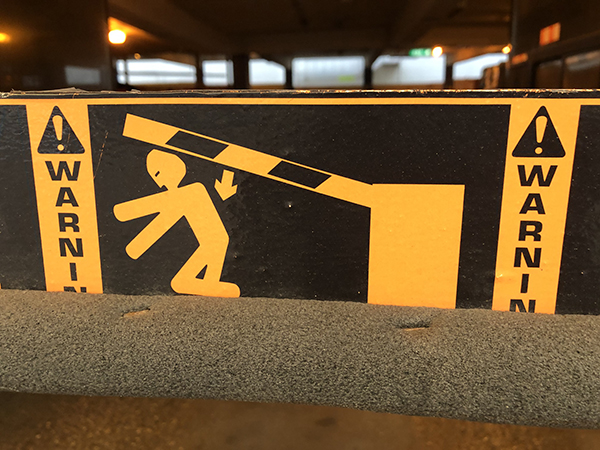
10. The populace had to be protected from this pestilence.
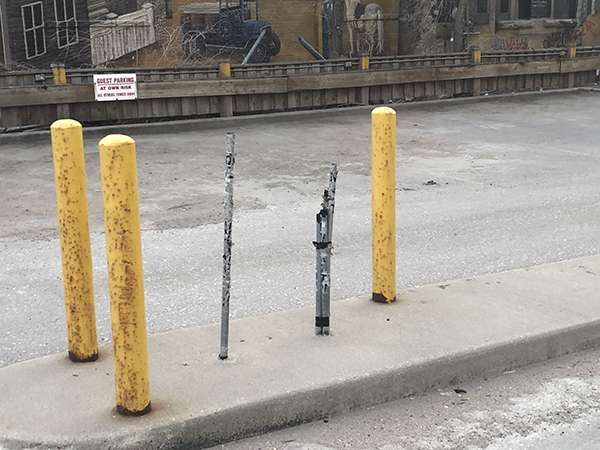
11. As soon as possible the scientists and medical experts issued safety guidelines based on evidence that the coronavirus is a material reality, although ordinary citizens were not expected to detect the coronavirus with the naked eye. But we were expected to believe zillions of coronaviruses will stick on our hands even though we cannot sense their presence.
Fortunately the coronavirus does not dig into skin like cactus spines or splinters.
They adhere to the surface of our hands, and their attachment is so superficial they can be loosened easily, readily resting on something else for a while. It was obvious therefore that anything your hands touched could be receptive to the coronavirus. And so we are cautioned not to touch our faces. We were cautioned in particular to leave our eyes and mouths alone.
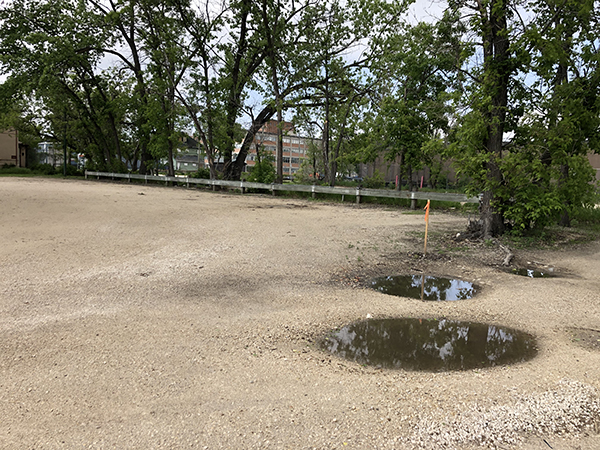
12. The possibility of ridding skin of coronavirus was understandably quite urgent, and to do so required a surprisingly ordinary act. Coronaviruses can't live in soap bubbles. It's that simple. It is not common knowledge whether or not a coronavirus actually needs oxygen, or is by some definition suffocated when swamped with soap bubbles. Wash your hands and the dying or dead viruses encased in soap bubbles will be washed down the drain. It is redundant to wonder whether the coronaviruses are drowning as they cascade down drainpipes. If the coronaviruses die a bubbly death, logic dictates these coronaviruses cannot work their evil in water.
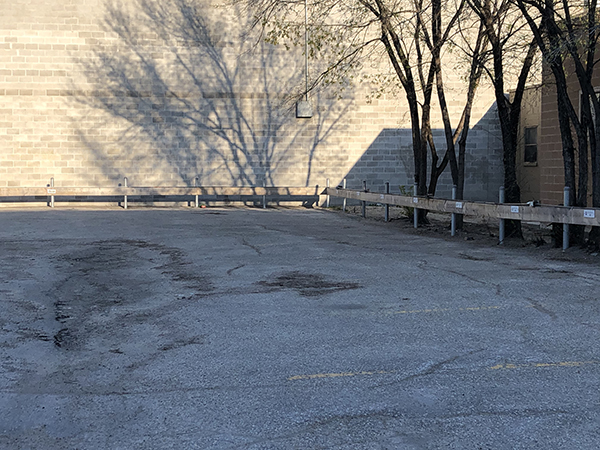
13. Further scientific calculation proved that vast numbers of the virus were forming their own cloud from spoken or sneezed microdroplets.
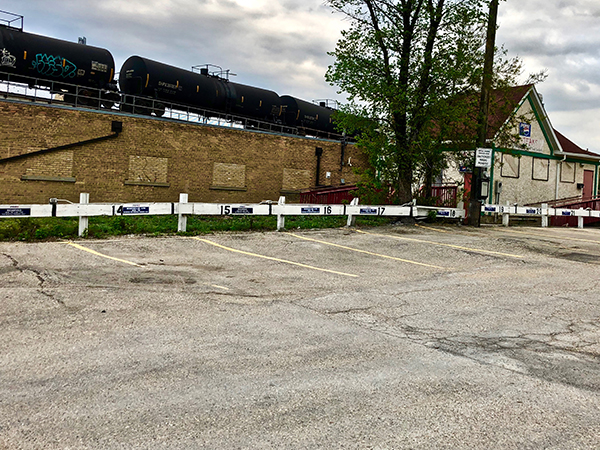
14. A sneeze or a cough rolled bundles of viruses over airy distances.
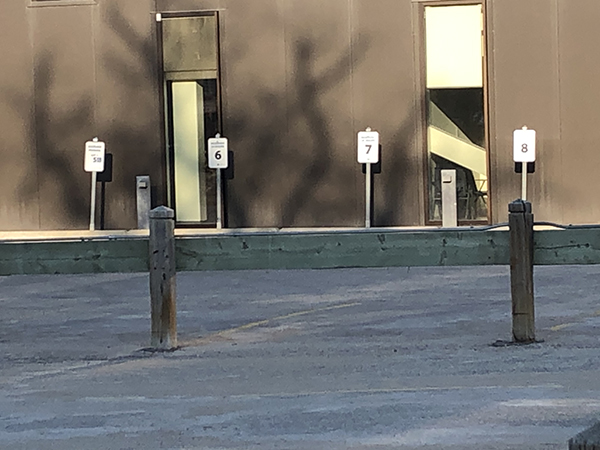
15. It then became common knowledge that this vile aerosol could extend airborne for a measurable distance; some said one meter and some said two. Logically this dictated that people should stay two meters, some said three, away from anybody else.

16. Supposedly the cloud of coronavirus would succumb to gravity. Two people coughing at each other could be assured that the cloud of coronavirus would land on the sidewalk or a patch of earth and die.
The coronavirus presumably would not die from impact. Having dropped onto a hard surface from a height of one to two meters, It is unlikely something so tiny is subject to impact. The question of whether a moist coronavirus could work its evil on dry cement was not generally explored. It is easy to imagine that there are germs or minuscule insects on the sidewalk, possibly vulnerable to a viral attack. The effect of an attack on a germ or minuscule insect is a matter for entomologists or bacteriologists. For practical purposes a viral attack on, for instance a bug, would not matter to humans fearing for their own lives.
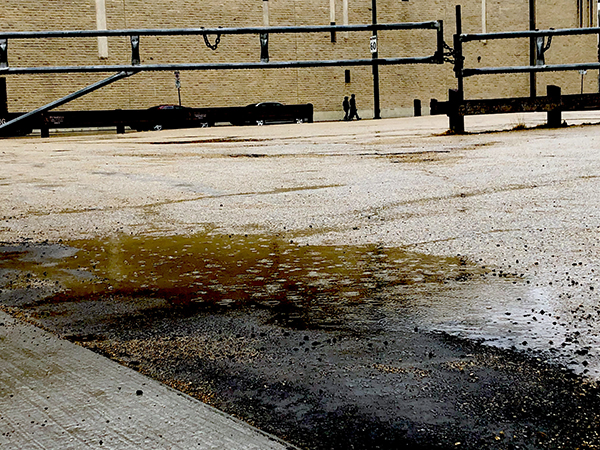
17. As for the hideous clouds of viruses, we knew they were spraying across distances. We knew they were drifting forth from someone’s hair or wafting down onto open-toe sandals. Such was the power of the virus that it inspired people to imagine infected clumps of yellow steam or sickly blueish-brown layers of fluid.
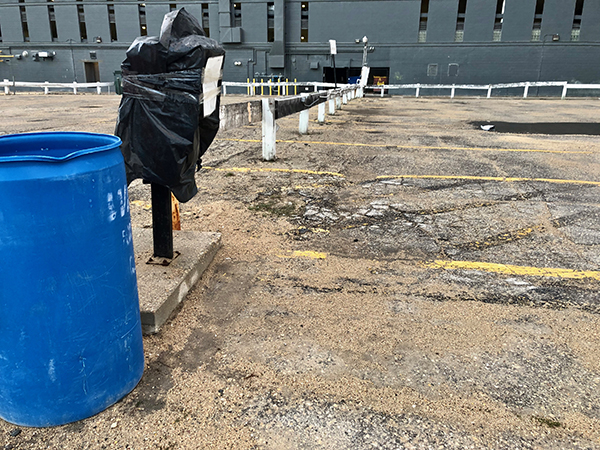
18. To save our fellow citizens from infection the logical advice from medical experts was to wear a mask. At first wearing a mask seemed to interfere with identity. Wearing a mask did not look traditional. Wearing a mask quickly aroused the philosophical issue of free will. Masks looked creepy.
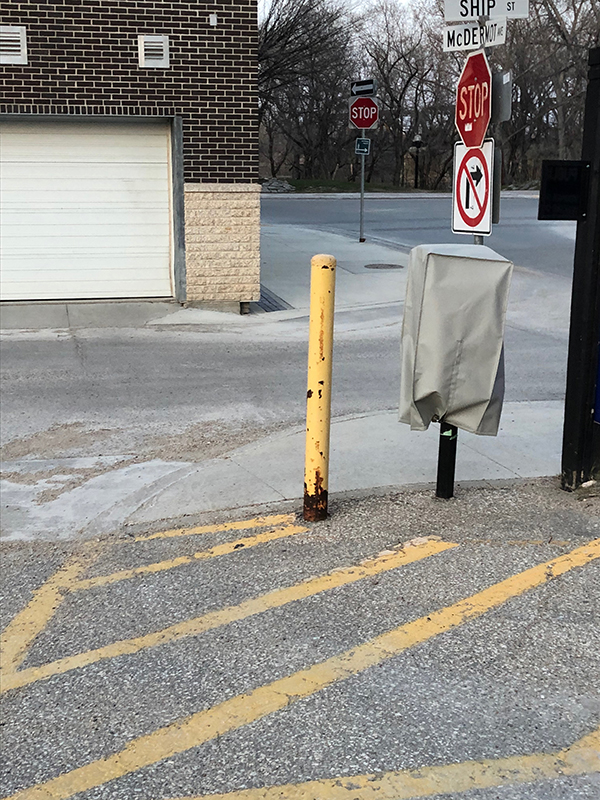
19. In North America wearing a mask was definitely extraordinary. An unprecedented accessory, the mask incited a mass horror of change. It's as if masks should be confined to hospitals, labs, ambulances or the scenes of violent crime. It was as if, like the coronavirus itself, the masks had escaped from contaminated places. At first wearing a mask wasn’t perceived as a symbol of dedication to other people’s safety, but logically the mask was an excellent idea. Logical compassionate people tolerated it for the sake of fellow citizens’ well-being. After a while those of us who wore the mask ceased to find it creepy. For people to whom free will could include deciding to wear a mask, the mask no longer evinced the lonely life of a germophobe.

20. The most severe medical advice was to seek permanent sanctuary indoors.
A designated family member could leave to fetch the necessities beyond the home. For those who volunteered to sacrifice themselves for the sake of groceries, booze, cigarettes and diapers, many rules were put in place for entering public places.
Safe sanctuary was extremely appealing -- if you were one of the lucky people who loved staying indoors night and day month after month.
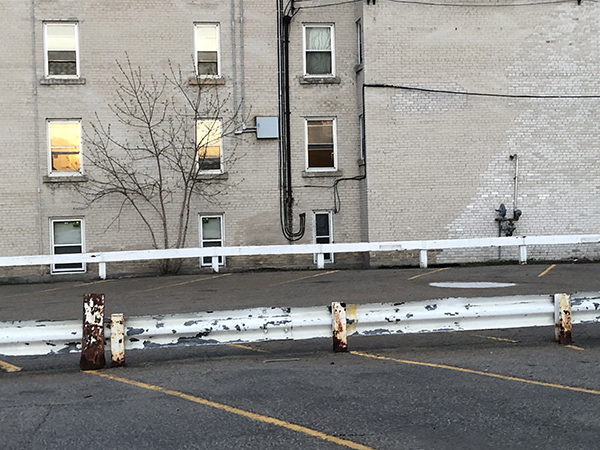
21. The consequence of this widespread seclusion was a scarcity of cars and of pedestrians.
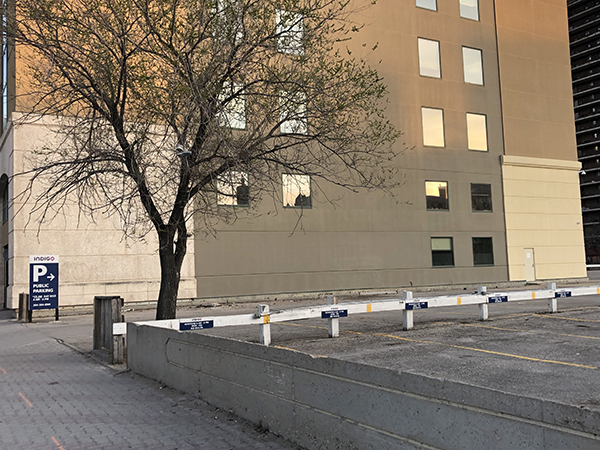
22. Without cars the streets were quiet. The sidewalks were deserted. The chirping sound that accompanies traffic lights was remarkably loud. It was as if streets, traffic lights, lampposts and parking meters were extraneous.
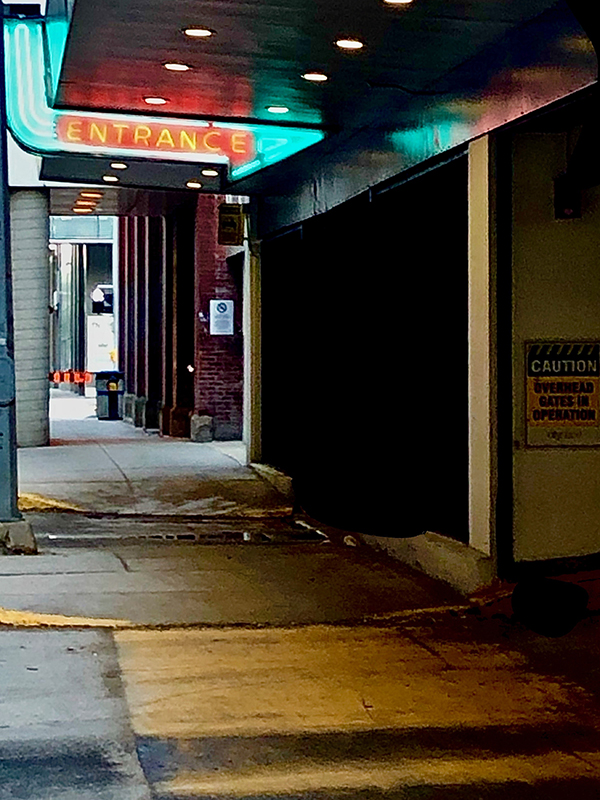
23. In some districts the sidewalks looked stagnant.
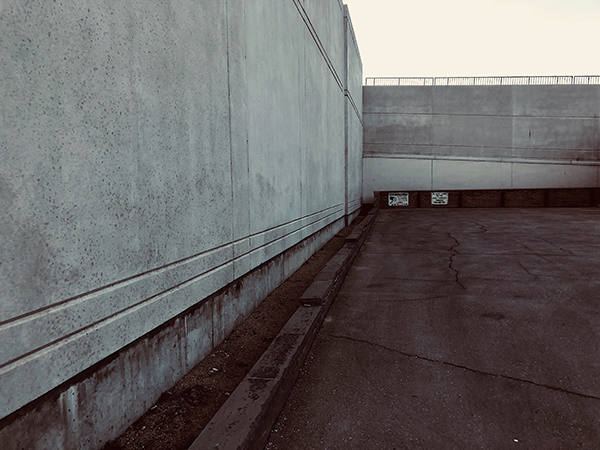
24. East, West, South and North and up, all the way up, abandoned areas began to look expansive. The air in those empty places was assumed to be devoid of viruses. Viruses blowing in like a storm, saturating empty spaces would be just impossible; so buildings were swaddled in untainted vacant space.
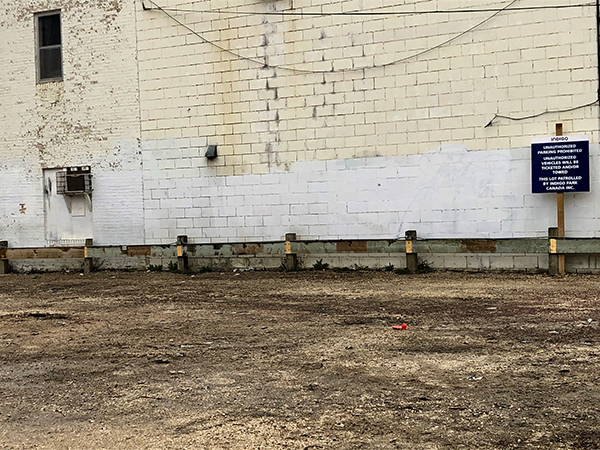
25. Because crowded gatherings of people were forbidden, flyers or posters ceased to be stapled or glued to walls.
There was nothing to announce. There were no invitations. Sidewalks were soon devoid of litter. Store shelves were pillaged even as the toilet paper industry insisted the planet would never run out of toilet paper. No doubt garbage was being produced.
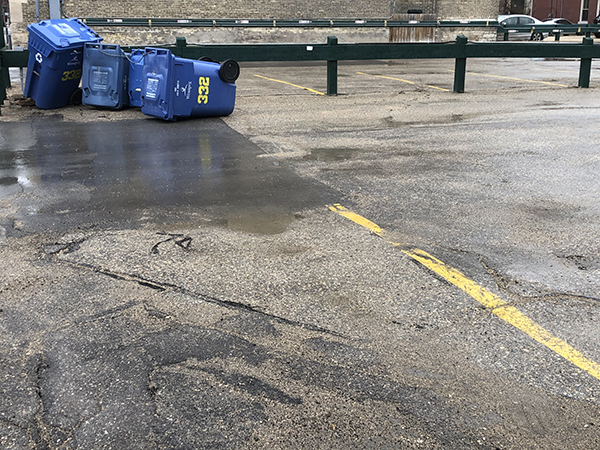
26. But the bins and dumpsters were empty.
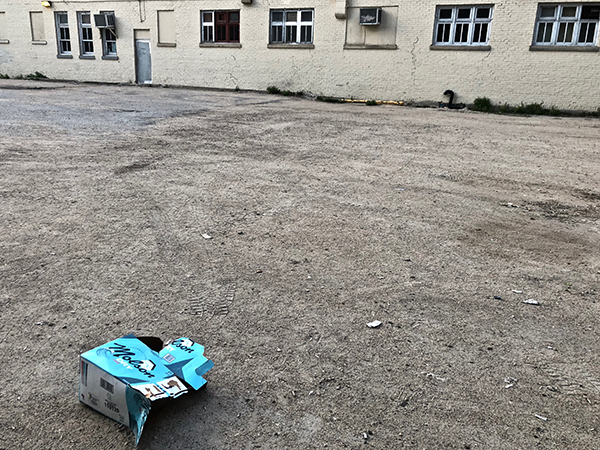
27. Parking lots were empty.





































